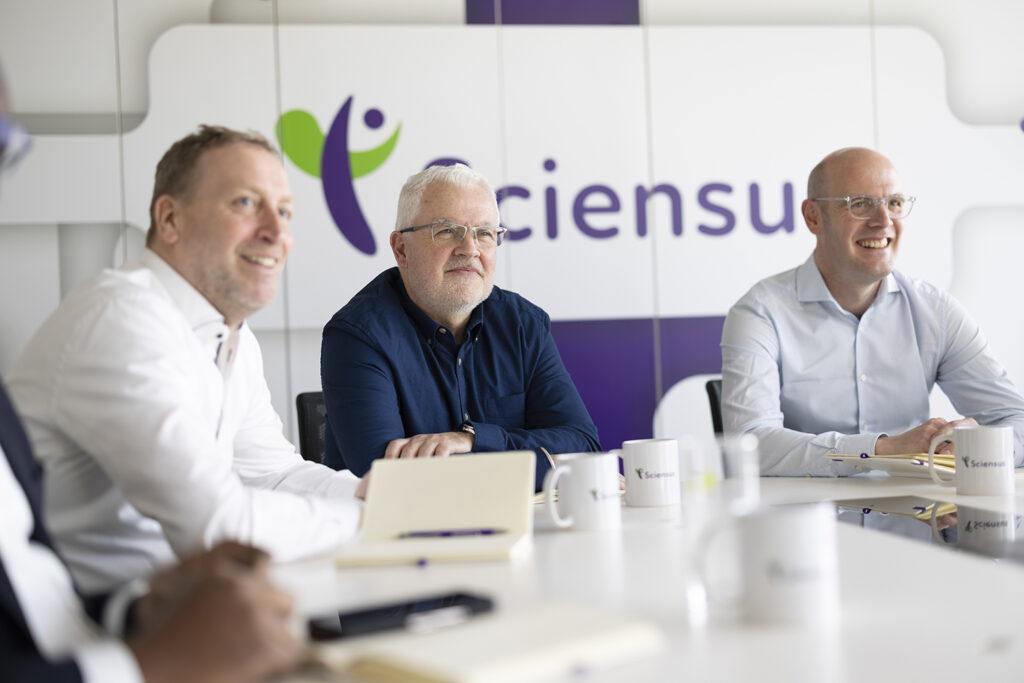
Six steps for a successful Expanded Access Program in Europe
For biotech companies seeking to bring a new rare disease treatment to market in Europe, there can be many obstacles to overcome. More companies are now turning to expanded access program (EAPs) to get these life-saving drugs to patients who often have no other treatment options.
Drawing on over 30 years of experience in managing medications for rare and ultra-rare diseases, we’ve identified six key steps biotechs must follow to ensure a successful expanded access program in Europe.

The importance of EAPs for your orphan drugs
EAPs typically come into play when a biotech company has developed an innovative new treatment for a rare or life-threatening condition, but the drug is still going through regulatory approval. Lengthy approval timelines can delay the availability of critical treatment for patients in urgent need, and EAPs offer a way for them to access therapies before they become commercially available.

Why should you consider an EAP?
There are several reasons why you might want to consider an EAP for your product. These include:
- Unmet medical need: For rare diseases with few or no effective treatments, there may be calls for early access to promising therapies, or continued access to drugs no longer available on the market.
- Regulatory support: In Europe, initiatives such as the European Medicines Agency’s (EMA) compassionate use programs can help facilitate EAPs for drugs still in clinical development.
- Data collection: EAPs allow companies to gather valuable real-world data (RWD) from a more representative sample of patients in terms of a drug’s safety and effectiveness. This can inform regulatory submissions and help shape marketing strategies.
- Market readiness: EAPs can help companies engage with key opinion leaders and gather feedback that informs pricing, reimbursement strategies, and market positioning.
The challenges of implementing an Expanded Access Program in Europe
Of course, implementing an EAP in Europe isn’t without its challenges. For example, the various European nations have their own procedures for marketing authorisation which often leads to widely varying timelines for access in different countries. As such, companies may need to prepare for both licensed and unlicensed supply in different markets during commercialisation.
EAPs widen access to your product and in doing so also increase the risk of adverse events which could disrupt a future commercial launch. For this reason, companies must operate a well-structured access programme, including clear patient eligibility criteria and adverse event reporting procedures.
It is also worth considering how you will balance patient demand and supply, especially when you consider that most EAPs are run in parallel with clinical trials. It’s also important to look at how patients and regulators may react if access programmes are only available in countries where the product can be eventually monetised.
Access programmes can be a huge success for both the company and the patients involved but it may be wise to seek support from a specialist provider such as Sciensus who has experience running multiple programs across many markets.
Six key steps to ensuring success
A well-structured EAP can address unmet medical needs and form part of a strategic commercial launch.
Here are our six key steps to making sure your EAP succeeds:

1. Set clear objectives and define scope You must first determine the main goals of your EAP. Is it to provide treatment for unmet needs, gather real-world data, or prepare for a commercial rollout? Your objectives should guide every decision in designing and executing the program to align with patient needs and commercial goals.

2. Engage early with regulatory authorities Begin discussions with regulatory bodies early in the process. Each EU country has its own regulations, so understanding the approval requirements is critical. Partnering with experts who have extensive knowledge of local regulatory landscapes can simplify and speed up this complex process.

3. Define transparent patient eligibility criteria Establish clear, transparent criteria for which patients are eligible to participate. While these should align with your clinical trial guidelines, they can be more flexible to accommodate real-world scenarios.

4. Ensure a strong supply chain Create a reliable, cost-effective supply chain to handle distribution across multiple countries. This includes navigating different regulatory environments, managing temperature-controlled storage, and ensuring timely delivery.

5. Determine the financial structure Decide whether you will charge patients for access. Some companies offer drugs for free on EAPs, while others charge to cover costs. This decision will depend on the country’s regulations, the product’s development stage, and the type of EAP.

6. Consider partnering with a specialist provider Access programs can be a huge success for both the Pharma company and the patients involved but it may be wise to seek support from a specialist provider who has proven experience of running multiple programs across many European markets.
Find out more about how Sciensus can support the success of your early access program in Europe.
Learn more about…

Thought Leadership
Navigating the transition from open label extensions to early access programs

Thought Leadership
Leveraging Early Access Programs and Real-World Data for commercial success

Blogs
Mitigating Risks in Early Access Programs: A Guide for Biotech Companies
Early Access Programs (EAPs) can offer a vital lifeline to patients suffering from life-threatening, long-lasting, or seriously debilitating illnesses, providing…

